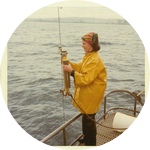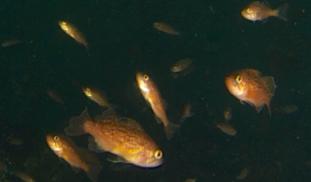Please wait...
About This Project
Rockfish are important fishery species on the U.S. West coast. Many rockfish species were overfished in the 1980s, but management actions are rebuilding their stocks. Climate change threatens to dramatically alter the ocean ecosystems rockfishes inhabit and may reverse the efforts managers have made to protect these fishes. It is important to understand how changes in ocean conditions will affect the most vulnerable stages of rockfish to predict how their populations will fare in the future.





